How to understand diode switching circuits
Understanding circuits starts with looking for familiar circuit building blocks. For this purpose, we can use all possible points of view on the unknown circuit.
Here, considering this specific (OP's) example, I will share in a more general way my experience in understanding and explaining such diode circuits (diode limiters, diode logic gates, etc.) where diodes act as switches. I think this will be no less helpful to OP and readers than just some specific explanations. Here is my heuristic procedure illustrated by the simplified picture below (D1 is removed and D2 is replaced by a "piece of wire").
Customizing the circuit diagram
Drawing the diagram in a "geometric" form. It is preferable to draw the circuit diagram in a stripped-down form, placing the elements with positive voltage at the top and those with negative voltage at the bottom. This corresponds to our intuitive notion of electric voltage.
Connecting all voltage sources. This is necessary for the next drawing of the current paths (current flows in a closed circuit).
Drawing the current paths. Understanding circuits comes from trying to understand where currents flow. For this purpose, we can draw current paths by closed lines (current loops) with proportional thickness. In the OP's circuit diagram, we see that only one current flows through the all elements in series.
Visualizing the voltages. Also, we need to imagine what voltages across elements are. For this purpose, we can represent them by proportional sections (voltage bars).
Looking for a part acting as a source
Composite voltage source. After we have drawn the voltage sources (V+ and V-), we notice something interesting - they are connected in series and in the same direction so that their voltages are summed.
Resistive network (R1 + R2). Next we see the two resistors in series and the forward biased ideal diode D2 ("piece of wire") between them. We recognize in this combination a voltage divider or more precisely, a "shifted voltage divider" (because there are two inputs). The most correct name for this 2-resistor circuit is "resistor voltage summer".
Real voltage source. So the combination above of two voltage sources in series driving two resistors in series can be thought as a real voltage source with internal resistance. We can calculate its output voltage (regarding ground) by the voltage divider rule, superposition principle, etc.
Looking for a load
Next we see that a diode (D1) is connected between the "source" output and ground. So, we conclude, it can be considered as a load.
Exploring the circuit operation
Disconnecting the load. Here we remove the diode D1 (unloaded, open circuit) and calculate (measure) the output voltage V2. We see it is negative; so the diode will be backward biased.
Reconnecting the load. We restore the diode. Since it is backward biased, there is no change in the output voltage and current.
How to make "ideal" diodes
Since the OP's question is about ideal diodes, we should be interested in whether there are such elements and where we can buy them:-) And since it turns out that there are not, we will have to make them. I know two ways to do it and I will share them with you...
Improved real diode
The first thing that comes to mind is to improve the "bad" diode. What is wrong with the diode? It is the forward voltage drop VF that represents voltage loss. Then let's compensate for it by adding the same voltage VF connecting a copying voltage source in series.
The op-amp implementations of this powerful idea are known as "precision diode rectifiers".
Transistor "ideal" diode
Basic idea. Another approach is to give up the "bad" semiconductor diode and make a brand new "ideal" diode. In fact, such a device is an electrical switch with two resistance values - zero (when it is on) and infinitely high (when it is off). We know that a transistor can act as a switch. But the 2-terminal diode is a more special switch than the 3-terminal transistor. While the transistor input and output are separate, in the diode they are the same and a negligible forward voltage across it must control the transistor switch. This means that an operational amplifier must drive the transistor input.
A possible implementation. In the late 70's I was fascinated by such a beautiful and symmetrical "ideal diode" circuit solution realized with JFET. I saw it in the documentation of a vibrometer by the Danish company Brüel & Kjær. Note that D1 is only an auxiliary diode to prevent the JFET junction of from being damaged; it has nothing to do with the idea.
Operation. This is a circuit with quite unusual negative feedback implemented by a transistor shunting the op-amp input. Let's see how it works.
By applying even a very small positive input voltage, the voltage drop across the (drain-source) output of the transistor begins to increase. The op-amp amplifies it with its gigantic gain and forces the transistor to lower its "resistance". As a result, the voltage drop (op-amp input differential voltage) decreases close to zero.
Ideal or "ideal"?
It is interesting to see if these diodes can be "absolutely ideal", i.e. the voltage across them is zero when they are on.
It turns out that it can't, because they are made using an op-amp with finite gain and negative feedback. For example, let's look at the JFET circuit where the op-amp controls the transistor which in turn shunts the op-amp input (this looks like an op-amp with an open drain connected to its input). Obviously, the voltage across this "ideal diode" cannot be zero because the op-amp has nothing to amplify.
And "precision rectifiers" cannot be "absolutely perfect"... although there is one possibility - if the rectifier voltage drop is compensated by a "negative diode"...
Generalization
Let's finally make a list of the derived circuit principles, rules, tips, tricks and observations:
1. Visualized currents: To close the current trajectories in circuit diagrams, connect the voltage sources.
2. Composite voltage source: A circuit supplied by two opposite voltages is actually supplied by the sum of the voltages.
3. Parallel voltage summing: To sum two or more voltages, connect the voltage sources through resistors to a common point.
4. Improved real diode: To remove the diode forward voltage drop, add the same voltage in series.
5. Transistor "ideal" diode: Make a transistor act as a diode with zero forward voltage by keeping the voltage drop across the transistor almost zero with the help of a voltage-type negative feedback.
6. Shunt negative feedback. To keep the op-amp input differential voltage zero in a negative feedback circuit ("golden rule"), connect a transistor (drain-source) output in parallel and properly control the transistor (gate-source) input by the op-amp output.
Conclusion
In the OP's circuit, the diode D2 is forward biased (on) and can be replaced by a "piece of wire". Then the two resistors in series form a "shifted" voltage divider (summer with weighted inputs) that produces a negative voltage. So the diode D1 is backward biased (off) and does not play any role, as if it is not there (it can be replaced by an open circuit).
